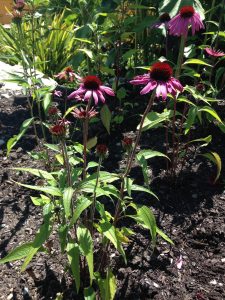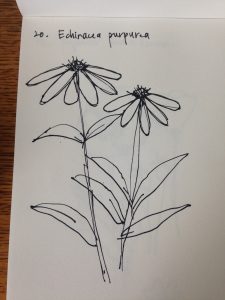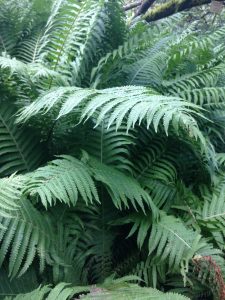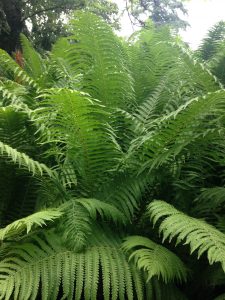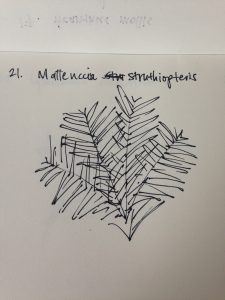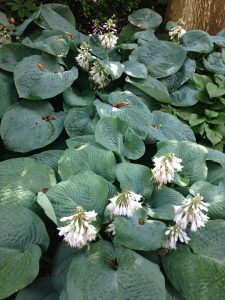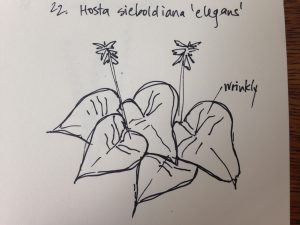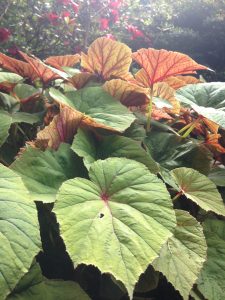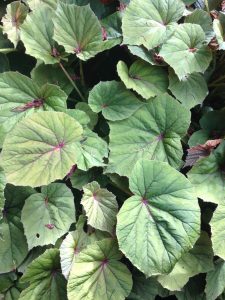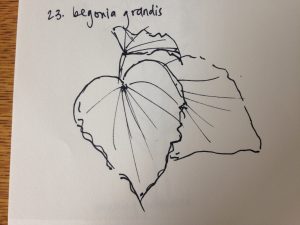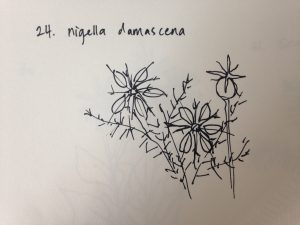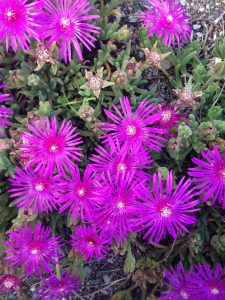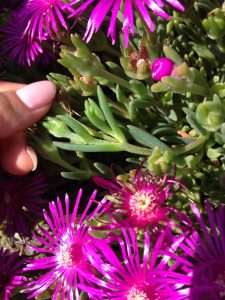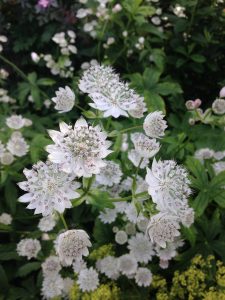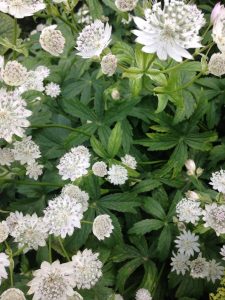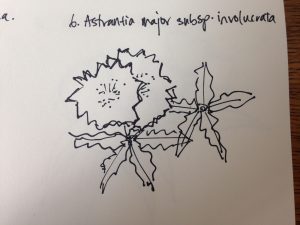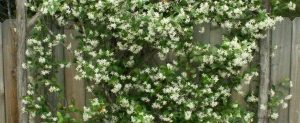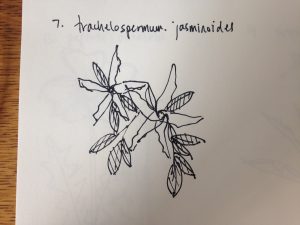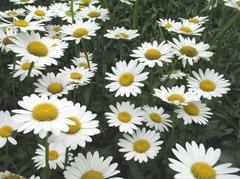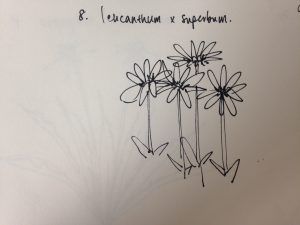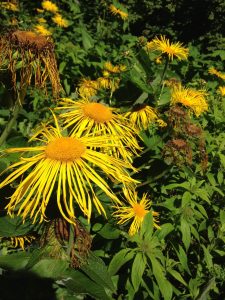
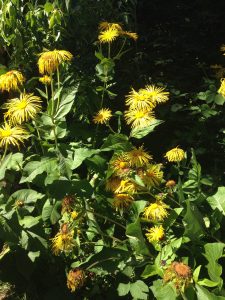

Common name: Himalayan elecampane
Size, form, texture: tall free flowering, upright perennial, height 1.5-2.5 m, spread 0.5-1 m, bushy.
Hardiness, origin, native ecology: prefers part shade, moist but well drained soil, H 7, deep fertile soil.
Bud, foliage, flower and fruit characteristics: large basal ovate leaves, daisy like yellow flower heads, unique looking plant, almost like Van gogh painting, unique thready flowers, could potentially look a tad messy when not in bloom, short blooming period is the problem with all Inulas, very ready involucer, geometric tough buds, need space but will grow very well in sun.
Cultural and maintenance requirements and appropriate uses in the landscape: Great in border, must plant in succession with something else as short bloom, cheery and charming appearance.
